Walking the Camino Frances route was one of the best experiences of my life. It was so good that I went back and walked it again. As well as meeting my wife there in 2005, I experienced a peace I had never felt before.
The Camino Frances, at 780 km, is the most popular of all the Camino de Santiago routes. Pilgrims that start in Saint Jean Pied du Port finish one month later in the holy city of Santiago de Compostela.
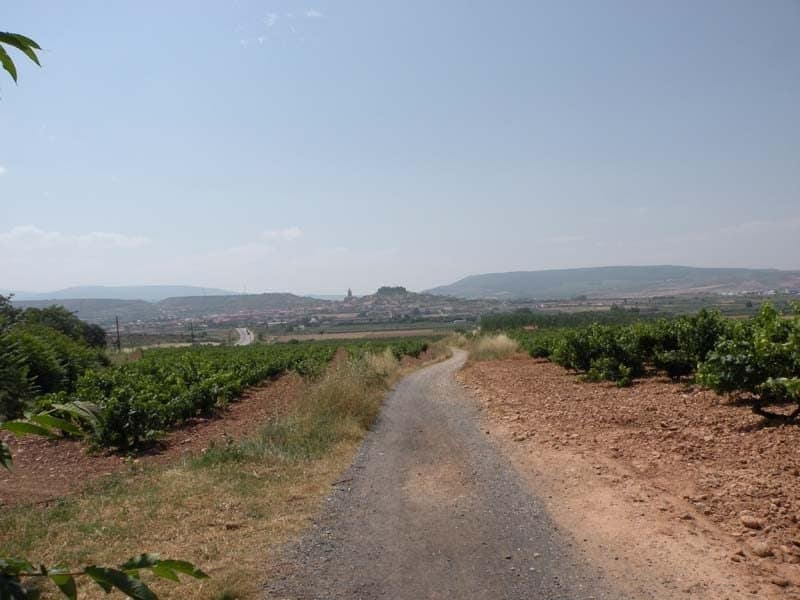
The route is also known as the French Way (the way of the Franks), as French pilgrims used it in the Middle Ages. It is now a UNESCO World Heritage Site and was the first European Culture Routes in 1987.
Three Camino pilgrimage routes in France converge into the Camino Frances: the Paris and Tours route, the Vezelay route, and the Le Puy route. The other main Camino in France, the Arles Way, joins the Camino Frances in Puente la Reina.
Saint Jean Pied de Port is the main starting point in the South of France. Saint Jean is a small market town nestled in the Pyrenees’ foothills, making for a tough first day over the hills.
Many pilgrims will start at various points; the most popular is Sarria. In addition, the following towns and cities are popular places to start as they are easy to get to. Roncesvalles, Pamplona, Logrono, Burgos, Leon, Ponferrade, and O’Cebreiro.
Sarria is the most popular starting place, 115 km from Santiago de Compostela. Pilgrims must walk at least 100 km to qualify for a Compostela in Santiago.
The Camino Frances has featured in many books and films (The Way and I’ll Push You). It also has the best infrastructure of all the Camino routes. These two combined make it very busy during July and August each year. Roughly 60% of all pilgrims travel on the Camino Frances.
Why Walk the Camino Frances?
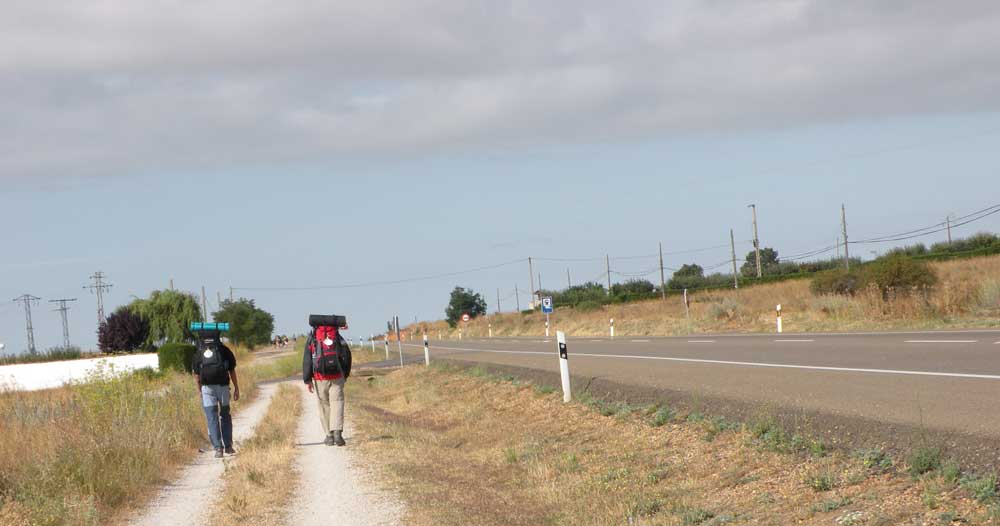
A pilgrimage for religious beliefs was the initial reason for walking the Camino. However, many modern-day pilgrims have different motivations. But it looks like a pilgrimage when they subject themselves to walking 25-30 kilometers a day, sleeping in hostels, using communal showers, and being devoid of privacy.
Some want to disconnect and take some time off from their busy lives. When the boundaries between our personal and business lives are so blurred, it’s common to read business emails during personal time. This takes its toll on mental health and leads to burnout. So, it is no wonder that most people decide to take this journey to get away from their hectic lives and reconnect with themselves.
It is a spiritual journey. That does not mean it has to be religious.
Others see it as a challenge and a way to enjoy a sense of accomplishment after covering such an exhausting and demanding route. And it is exhausting to walk these distances day after day. And it is incredibly fulfilling.
The Camino de Santiago is a personal, spiritual, or religious journey; no matter what compels you to take it, you’ll enrich your life with valuable experiences.
What is the Compostela Certificate
The Compostela certificate certifies that the pilgrim has walked at least 100 km on one of the Camino routes. The minimum for cyclists is 200 km. This is why Sarria is the most popular place to start for walkers and Ponferrada for cyclists.
To receive a Compostela, you must state that you have walked the Camino for spiritual reasons – note it does not have to be religious. If you are not traveling on the Camino for spiritual reasons, you can get a “Certificate of Welcome.” The pilgrim’s office in Santiago issues both certificates, Rúa Carretas 33.
The pilgrim’s office issues two other certificates. The Cathedral Visit Certificate and a Certificate of Distance. It is important to note that you can only receive one of the certificates if you finish your Camino in Santiago de Compostela.
Highlights of the Camino Frances
There are too many highlights to list here; this is one reason why it is worthwhile to take a guidebook. It is worth arriving early to take some time in Saint Jean Pied du Port. It is a beautiful, typical rural French market town with an old town and a small castle.
Roncesvalles, the first Spanish town on the way, is tiny, but Santa María de Orreaga’s cloisters and church are worth visiting.
Pamplona is famous for the running of the bulls, but take some time and eat the tapas as they are great.
The first time I walked, I stopped in all the major cities.
Logrono, the capital of La Rioja, is famous for its wines. If you stay in Logrono for the night, take a trip to the Castle of Clavijo. It’s approximately 20 kilometers to the south, and you’ll have an opportunity to see one of the most iconic castles in Spain. Legend has it that Santiago Matamoros, Saint James the Moor Slayer, the protector of the Spaniards, appeared to the Christian King Ramiro I of Leon during the mythical Battle of Clavijo.
Situated just before the Meseta, Burgos has an incredible cathedral; the building was started in 1221 and is now a World Heritage Site.
Many decide to bypass the Meseta, but it is one of my highlights. Walking across the red sandy earth and seeing the mountains in the far distance across a landscape that was so foreign was a pleasure. The silence was stunning.
I remember Leon for three things: the cathedral, which I did not see until I was right upon it, pizza – yes, it was delicious—and singing with a busker I had got to know along the route. I am sure the tourist office would not include two of these three.
I started walking with my wife in Ponferrada. We had already met at a few albergues, but we walked together that day and have been ever since. Of course, you should see the Templar castle but don’t use all your energy, as there is an uphill day ahead.
Walking into O Cebreiro was like walking into a rural Irish village simply because of the music playing in the background. O Cebreiro is famous for the nine pallozas. One is used as a museum and is worth visiting.
Santa Maria la Real in O Cebreiro, founded in 836, is said to be the oldest church on the entire Camino Frances. According to a local legend, the 12th-century golden chalice and the reliquary guard items associated with the Miracle of the Eucharist changed to flesh and blood during a mass during the 1300s
The Camino Frances gives you a taste of northern Spain, walking through the Spanish regions of Navarra, La Rioja, Castilla y Leon, and Galicia.
How Long Does it Take to Walk?
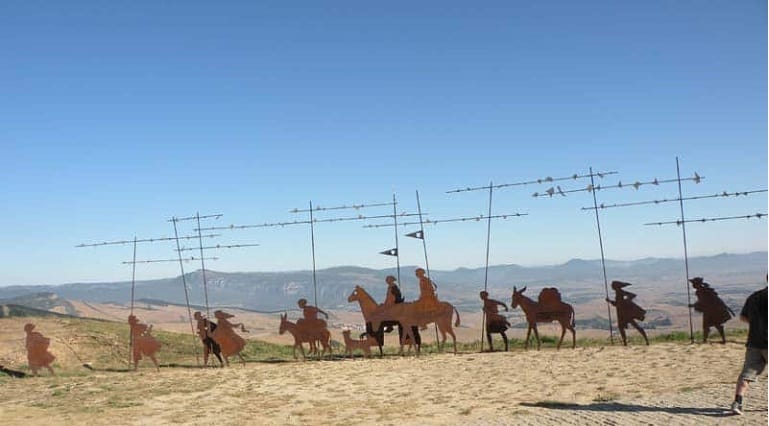
If you are reasonably fit and start in Saint Jean Pied du Port, you can expect to walk to Santiago in 28 days. I have walked it in fewer days, and a friend walked the whole route in 24 days. If you take it easy, expect to walk for 31 to 35 days.
You can start and finish wherever you want. Most people don’t have a month to walk the Camino Frances and walk for a week, then come back the year after and walk the next section for a week. Many walk the last 100 km from Sarria – it is entirely up to you.
How Difficult is the French Way?
Generally speaking, it is of medium difficulty; it’s worth noting that the first stage, stretching from St Jean Pied de Port to Roncesvalles, is across steep hills and is the most demanding section, so be prepared for this and take your time.
Don’t forget that this isn’t a marathon but a pilgrimage during which you can relax and enjoy every step of the way. One of the reasons why the French Way is the most popular and crowded route of all the Caminos is its suitability for beginners. According to many, this route is the best choice for a first Camino de Santiago.
You don’t have to be at the top of your fitness for this one, but it still doesn’t mean that you can come wholly unprepared, and it is worth doing some training with a backpack before you go.
Besides, many people don’t complete the route but pick the last 100 or 200 kilometers.
Terrain on the Camino Frances
The terrain underfoot on the Camino Frances is overall reasonably even. It is not a route where you need hiking boots. Walking shoes are good enough outside of winter. The following are the only challenging sections:
- Saint-Jean and Roncesvalles
- The walk up to Rabanal and onward over the mountain and down to Ponferrada
- the section between Villafranca and O Ceibrero
The Camino Frances consists of a combination of grass/dirt tracks, constructed gravel paths, and country roads. It is easy to walk; the only real challenge is walking between 20 and 30 km daily.
What to Bring on the Camino Frances
I have compiled an extensive packing list. The main thing is not to worry; there are enough shops along the Camino to buy anything from hiking shoes to sleeping bags. There are pharmacies in almost every little town. Although while on the Camino, it can feel very remote, sometimes it is. But you are surprisingly close to large urban areas.
What’s the Infrastructure Like?
The Camino Frances is by far the most advanced route in terms of infrastructure. This means that there are many hostels and other accommodation options along the way. You can find an Albergue every 5 to 10 kilometers, which is more than any other route.
All the roads are well-marked, which is a big plus, especially if you’re a beginner. Another important thing is that there are many water fountains along the way, so you can freshen up a bit and collect drinking water.
In the countryside, big yellow painted arrows are on the ground or on the sides of buildings and trees. In cities and towns, scallop signs are also on the ground and sometimes on the sides of city buildings. Together, they will ensure you don’t get lost and stay on the right path. Also, the local Spanish are usually very helpful and will redirect pilgrims who walk the wrong route.
A word of caution is necessary. Certain portions of the route are on busy roads, so be careful when walking there.
Finally, small convenience shops are in almost every town and village, so you don’t have to overstuff your backpack. Remember that keeping the weight of your backpack low is one of the best ways to avoid injuries.
Best Landmarks Along the Camino Frances
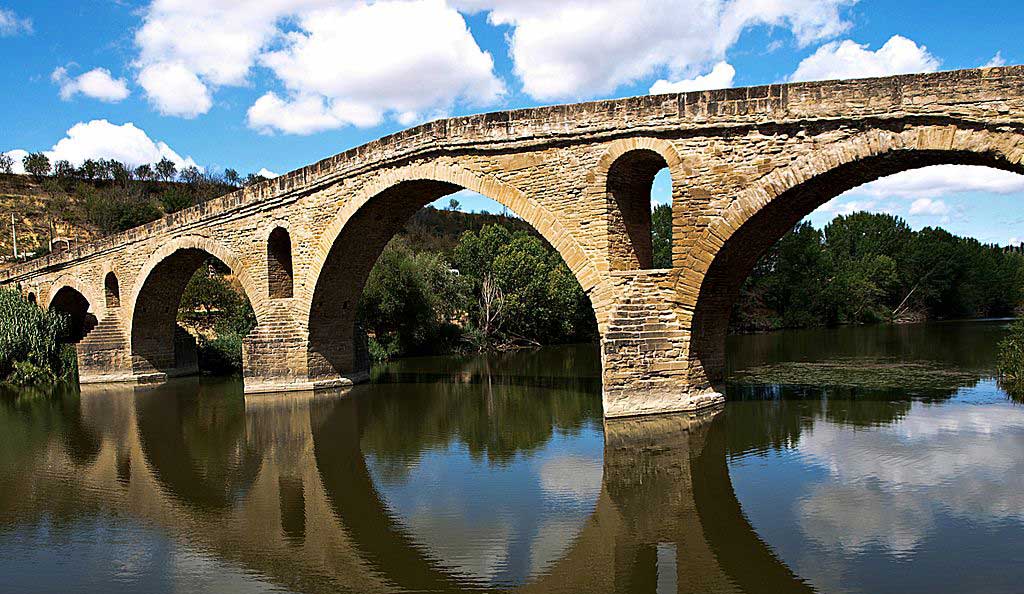
- Vierge d’Orisson, a statue of the Virgin Mary between Saint-Jean and Roncesvalles
- Eunate, a 12th-century octagonal church, 2 km south-east of Muruzábal off the route
- Alto del Perdón, shortly after Pamplona, the famous metal structure of pilgrims walking to Santiago, constructed in 1996
- Puente la Reina Romanesque bridge, at the exit of the town
- Puente de Hospital de Orbigo, a 13th-century bridge at the entrance to the town
- 13th century Santa María de León Catedral
- Cruz de Ferro, bring and leave a stone on this massive cairn
- The Eucalyptus forests, the few days before Santiago
- Santiago de Compostela, of course, is a beautiful old city
- Burgos 13th-century Gothic cathedral
- Fromista church, a vast 11th-century church in a tiny town
- Palacio Episcopal de Astorga, an incredible Antoni Gaudí building
- Irache Wine Fountain, just outside Estella
Bring a camera. Every day will give you lots of opportunities to collect memories.
What are the Camino de Santiago Accommodation Options?
Several different accommodation options on this route are another reason for its popularity.
You can choose among traditional pilgrim hostels, also called albergues or refugios, commercial hostels, rural houses, campsites, pensions, and hotels. Some of these are open all year round, allowing pilgrims to walk the French pilgrimage off-season and even during the winter.
Pilgrim Hostels
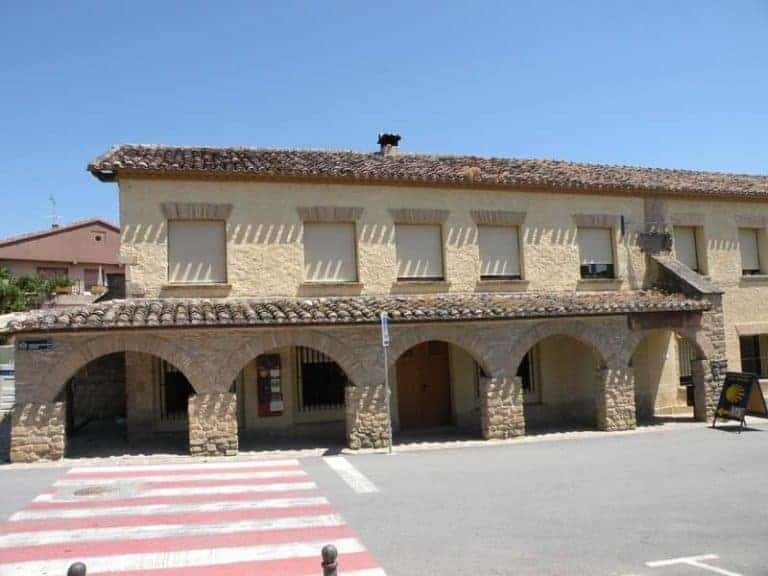
As their name suggests, Pilgrim hostels are hostels that accept only pilgrims. In other words, to stay in one, you’ll need a Pilgrim’s Passport. You can obtain this document at some albergues and towns where people start their Camino walks, such as St Jean Pied de Port, Pamplona, or Roncesvalles. See here for a list of places to get a pilgrims passport.
Albergues differ in their comfort level, which means that in some, you’ll get only a mattress on the floor and a hot shower, while in others, you can get a private room. As for the other amenities, such as washing machines or kitchen areas, it’s worth noting that you’ll generally have to wash your clothes by hand and rely on bars serving the Pilgrim menus. Most pilgrim hostels have an internet connection.
Some hostels have fixed opening and closing times, which means you can even be locked out if you show up later than ten or eleven at night. You are usually only allowed a one-night stay unless there’s a medical emergency.
Also, given that pilgrim hostels are the most affordable accommodation, they tend to get crowded and reach their total capacity in peak season, so make sure to come early to find a free bed or mattress.
Municipal and parochial pilgrim hostels are staffed by volunteers who want to show their gratitude to the Camino and help others. Be considerate, respectful, and kind to them because they make the whole experience much more pleasant and easier for everyone.
Some of these hostels operate on a donation basis, which is why their amenities are basic and affordable – though this is changing fast.
Private Pilgrim Hostels
While local governments and religious institutions run municipal and parochial hostels, private pilgrim hostels are run by private individuals.
Their amenities aren’t as basic or as affordable and are a great option if you prefer more comfortable accommodation. These hostels also might not be exclusive only to pilgrims.
A lot of them accept bookings in advance.
Rural Houses
Casa Rurales, in Spanish, are restored and nicely restored family-run homes that usually provide a wide variety of amenities. You’ll enjoy a comfortable stay and experience a traditional way of life in the region.
Home-cooked meals are also available, and for approximately €45, you’ll have more privacy and comfort than you would at a pilgrim hostel.
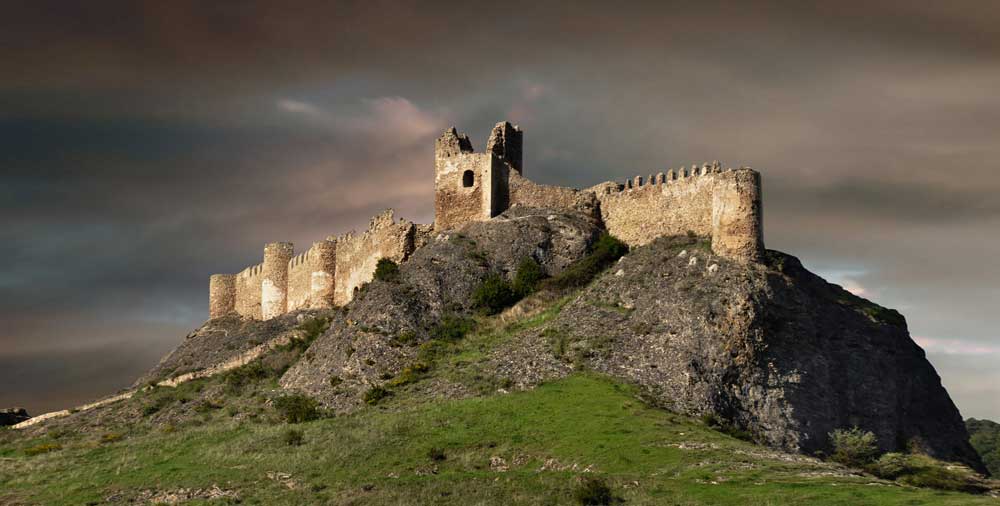
Is it Safe to Walk Alone?
The popularity of the Camino Frances has translated into more than 180,000 people walking it in 2017. In other words, you will be reasonably close to other pilgrims walking toward Santiago.
Even women who took this trip alone said they felt safe and protected.
Although this route passes through the countryside and some isolated rural areas, it’s generally considered safe as many pilgrims and locals are ready to help.
Even if you decide to walk alone, the odds are that you will meet and befriend some people. You’ll meet some of the same people at albergues and hostels daily. It’s standard for people to organize walking groups along the way and support each other (these often get called Camino Family).
What’s the Best Time to Walk the Camino Francés?
As you can guess, the traditional vacation months, July and August, are the most popular for walking. But they’re also too hot and crowded. I have written a post on the best time to walk the Camino.
The best time to walk is in May, June, and September. The weather is warm and pleasant with little rain.
However, pilgrims walk all year round. However, autumn can be chilly, rainy, and gloomy, especially in the mountains. If you decide to walk the Camino in winter, remember that some areas have heavy snowfalls.

I love hiking, backpacking, and camping. From the Camino de Santiago to the West Highland Way in Scotland or simply a great day hike on the weekend. Hiking refreshes me, my mind, and keeps my body reasonably fit. So far I have walked three Camino routes and many other long distance hikes in the UK, Canada, and around the rest of Europe. One of the best was my hike up Ben Nevis.

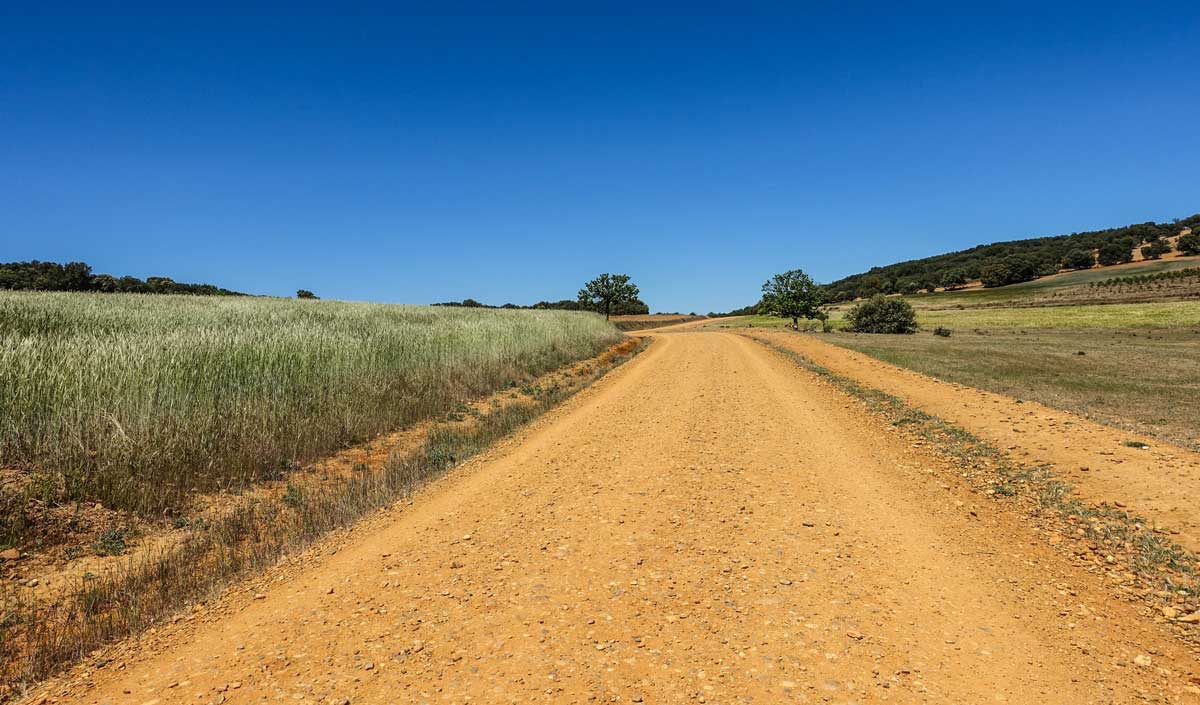
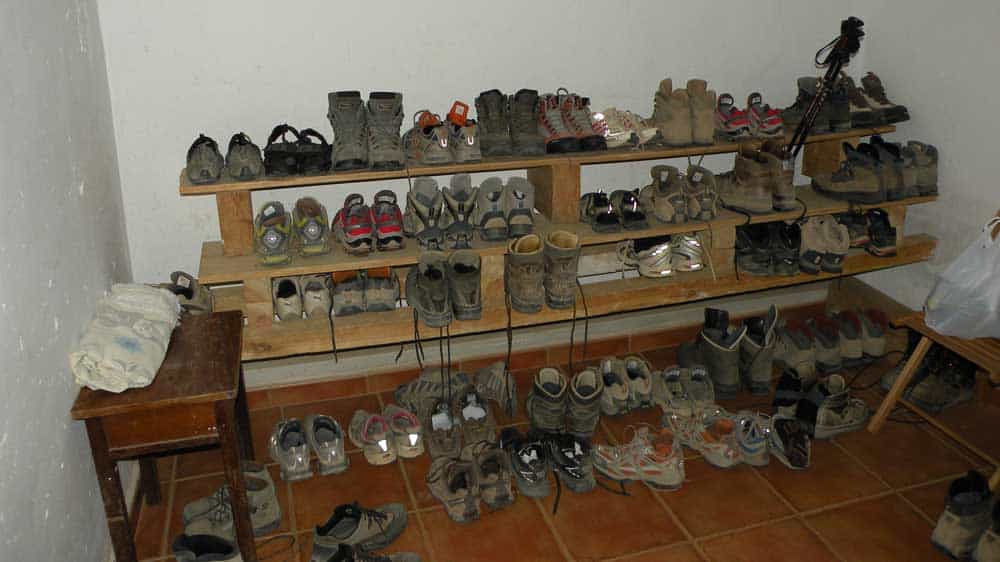
Very helpful thank you. Terry Canada 🇨🇦.
Thank you .It’s a great indepth info and very useful for me. Much appreciated.
I have been thinking about doing this for a few years and am planning for this July to walk the Frances route with my two teenage boys. There is a lot of great information on your site to guide me along. Thank you!
I have followed this page for some time now, finding information and tips. We are booked to begin in SJPdP on 29th April and are really looking forward to it. Thanks for all the information, it has been a great help.
Heading to St. Jean and set to arrive on 9/3 . Psyched to start this journey and disconnect from humanity and my comfort zone ( but NOT other pilgrims but engage with them) Humanity in the sense the hustle/bustle we live while NOT on the Camino. 🙂